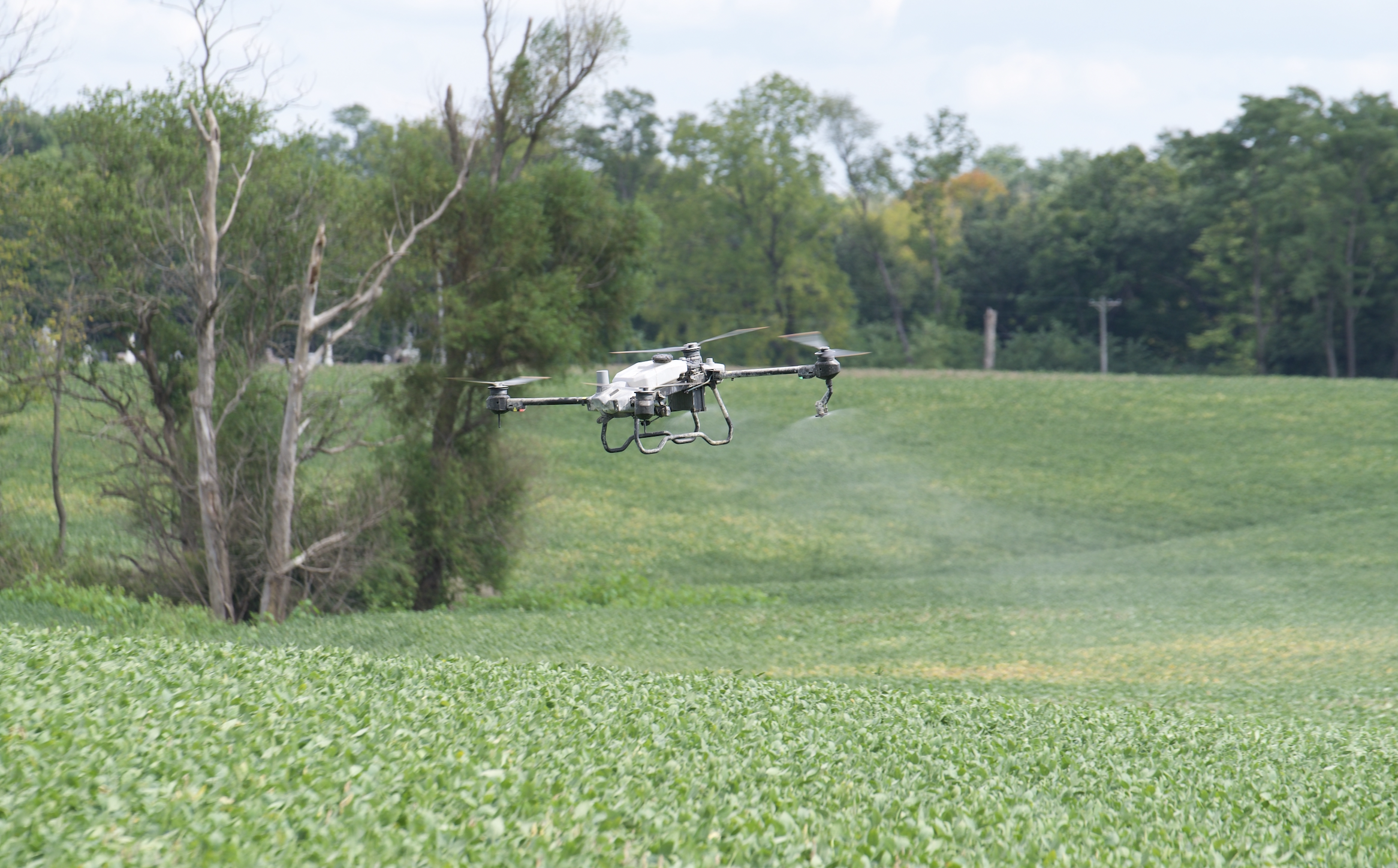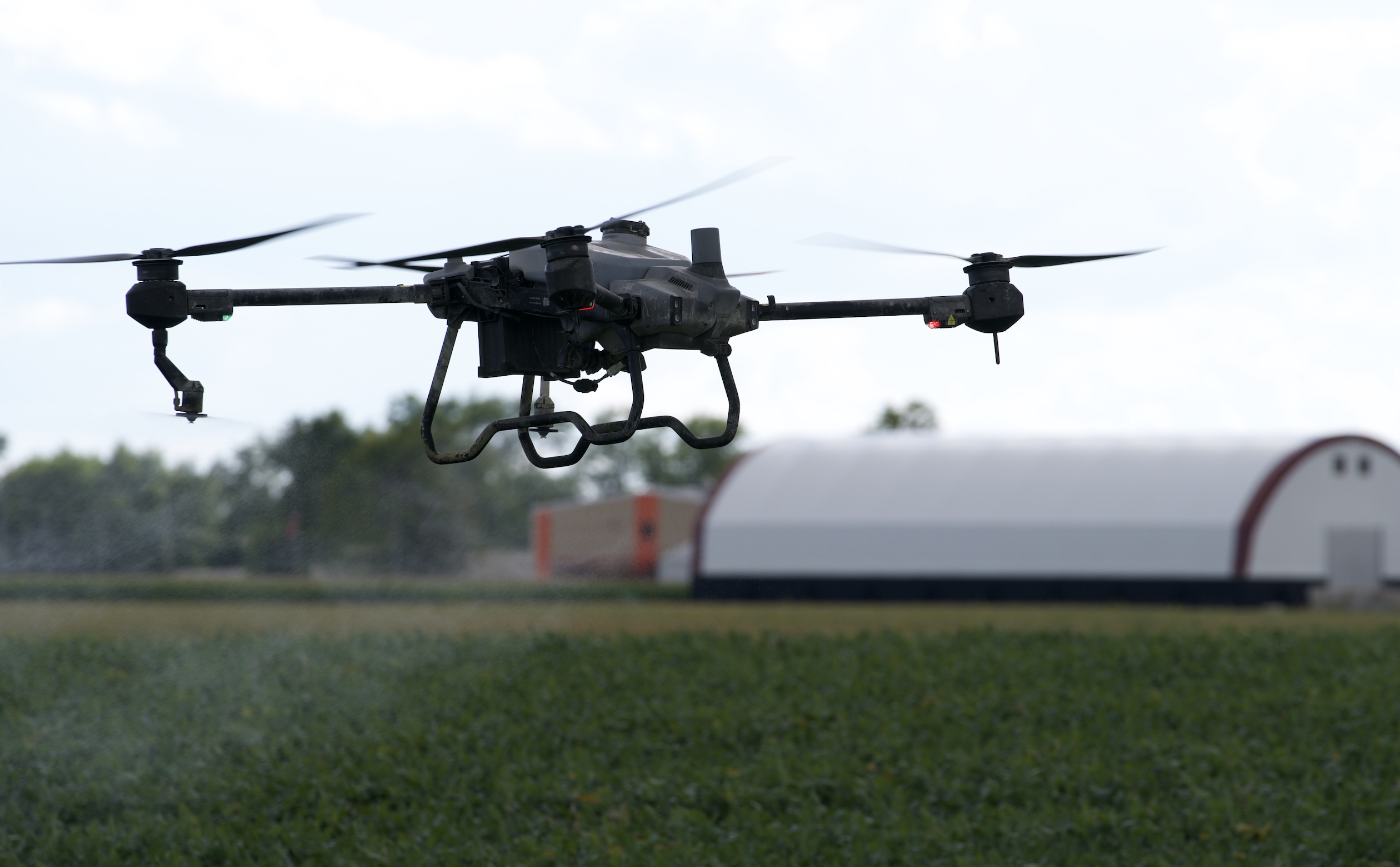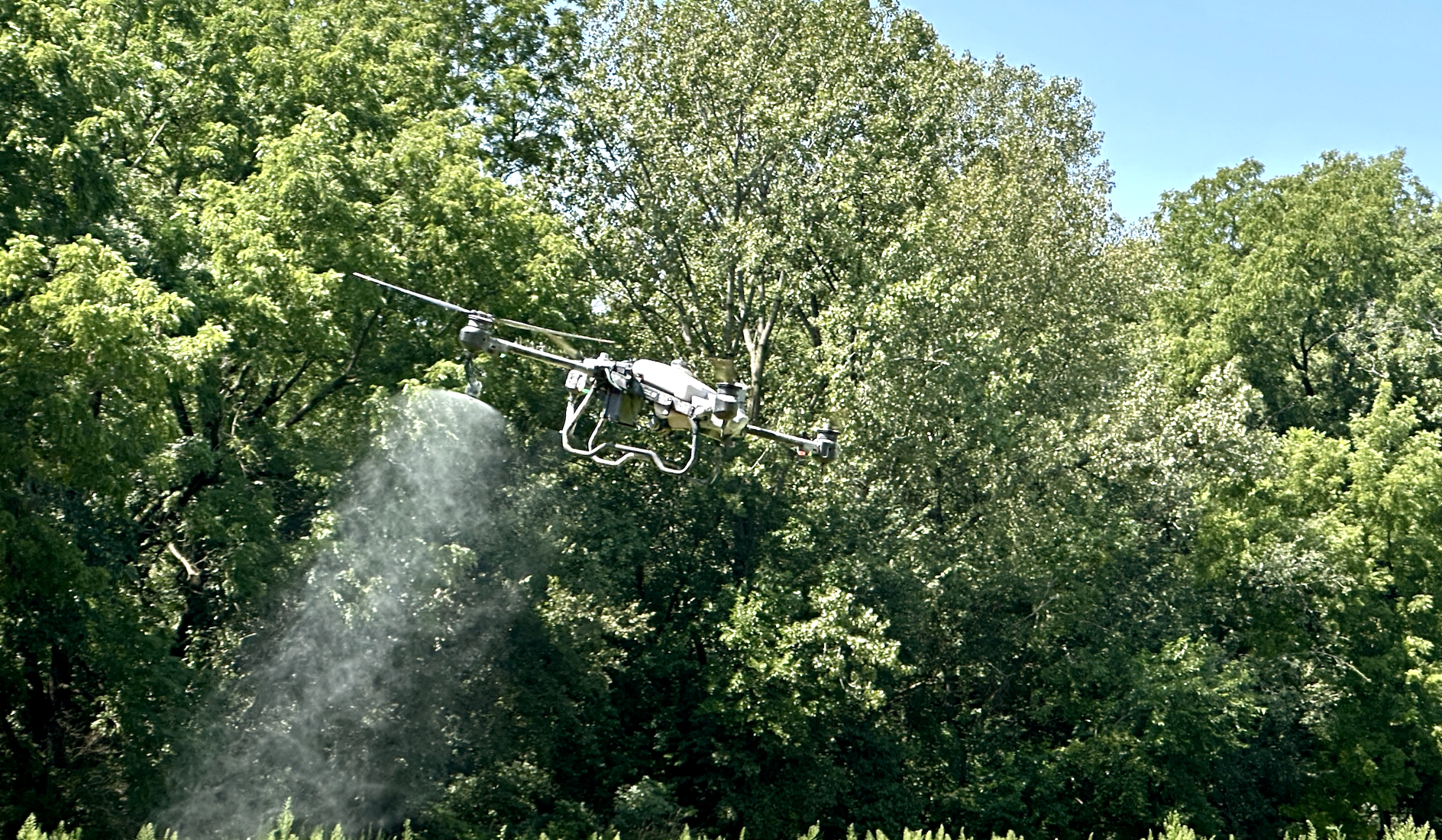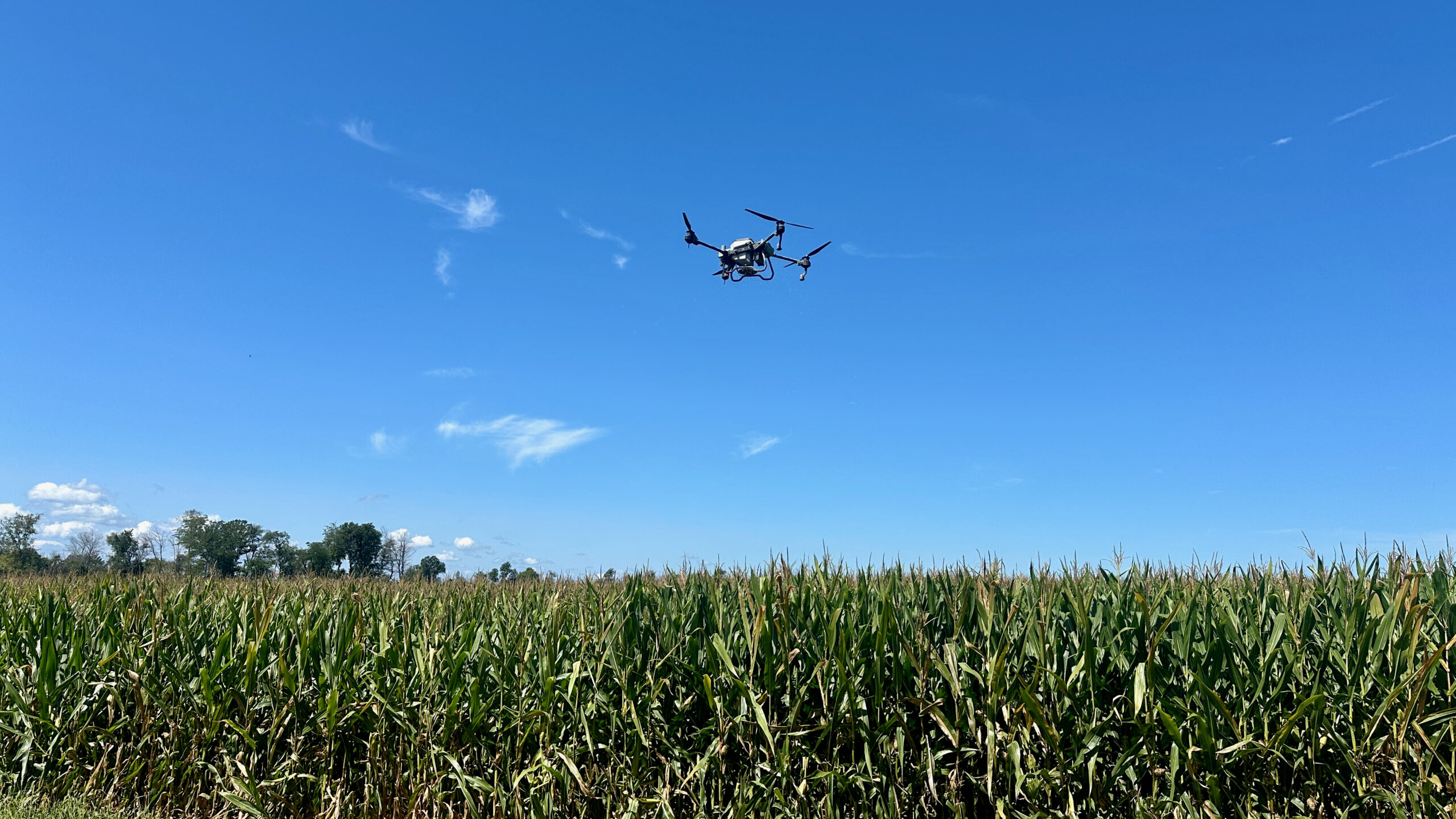In the ever-evolving world of agriculture, staying ahead of pests can be a daunting challenge. Traditionally, farmers have relied on ground-based equipment and manual labor to protect their crops from invasive species. However, with the advent of drone technology, the landscape of pest control is transforming. Enter AgFly, a leader in drone pest control services, bringing cutting-edge technology to the fields to help farmers manage pests more efficiently and sustainably.
What Is Drone Pest Control?
Drone pest control involves using unmanned aerial vehicles (UAVs), commonly known as drones, to detect, target, and treat pest infestations in crops. This method allows for precise application of pesticides, targeted to the exact locations where pests are present, reducing the need for widespread chemical use and minimizing environmental impact.
Why Drone Pest Control Is Revolutionizing Agriculture
Drones are revolutionizing the agricultural sector by offering a level of precision and efficiency that traditional methods simply cannot match. With the ability to survey large areas quickly and apply treatments with pinpoint accuracy, drone pest control is fast becoming the go-to solution for modern farmers who are looking to optimize their operations and protect their crops.
Understanding Drone Pest Control
The Basics of Drone Pest Control
Drone pest control is more than just flying a drone over a field. It involves a sophisticated integration of technology and agricultural expertise to ensure effective pest management.
How Drones Are Used in Agriculture
In agriculture, drones are used to survey crops, monitor plant health, and detect signs of pest infestations. Equipped with advanced sensors and cameras, drones can capture high-resolution images and data, which are then analyzed to identify problem areas. Once pests are detected, drones can apply treatments directly where they’re needed, reducing the overall use of chemicals.
Types of Pests Targeted by Drone Technology
Drones can be used to control a variety of pests, from insects that damage crops to weeds that compete for nutrients. Whether it’s aphids on soybeans or caterpillars on corn, drones provide a versatile solution for managing different types of agricultural pests.
The Advantages of Using Drones for Pest Control
The benefits of using drones for pest control are numerous, offering advantages that traditional methods simply can’t provide.
Precision Targeting
One of the most significant advantages of drones is their ability to target specific areas with incredible precision. Instead of applying pesticides across an entire field, drones can focus only on the areas that need treatment, which not only saves resources but also reduces the environmental impact.
Time and Labor Efficiency
Drones can cover large areas in a fraction of the time it would take ground crews. This speed is especially critical during peak growing seasons when time is of the essence. By reducing the time and labor required for pest control, drones help farmers keep their operations running smoothly.
Reduced Chemical Use
Because drones allow for more targeted application of pesticides, the overall amount of chemicals used is significantly reduced. This not only saves money but also helps protect the environment by minimizing chemical runoff and reducing the risk of contaminating nearby water sources.
AgFly’s Drone Pest Control Services
Introduction to AgFly’s Technology
AgFly is at the forefront of drone pest control, offering state-of-the-art technology that integrates the latest advancements in UAVs, sensors, and data analysis to deliver unparalleled pest management solutions.
Cutting-Edge Drones
AgFly uses some of the most advanced drones available in the industry. These drones are equipped with high-precision spraying systems that ensure even the smallest areas can be treated effectively. The drones are also highly maneuverable, allowing them to navigate complex terrains and reach areas that traditional equipment might miss.
Advanced Sensors and AI Integration
AgFly’s drones are equipped with advanced sensors that can detect pests, plant stress, and other indicators of crop health. These sensors, combined with AI-driven data analysis, allow for real-time decision-making and adjustments to treatment plans, ensuring that pests are dealt with quickly and efficiently.
How AgFly Operates
AgFly’s approach to drone pest control is methodical and tailored to the unique needs of each farm.
Initial Field Assessment
Before deploying drones, AgFly conducts a thorough assessment of the field. This includes evaluating the type of crops, the extent of the pest problem, and the specific environmental conditions. This assessment forms the basis for a customized pest control strategy.
Customized Pest Control Strategies
Based on the initial assessment, AgFly develops a pest control plan that is tailored to the specific needs of the farm. This plan includes detailed maps of the areas to be treated, the types of pesticides to be used, and the optimal timing for application.
Real-Time Monitoring and Adjustments
Once the drones are deployed, AgFly monitors the operation in real-time. This allows them to make immediate adjustments if necessary, ensuring that the treatment is as effective as possible. After the operation, AgFly provides a detailed report on the treatment’s effectiveness and any further steps that may be needed.
Safety and Environmental Considerations
AgFly prioritizes safety and environmental sustainability in all its operations.
Minimizing Impact on Non-Target Species
One of the key benefits of drone pest control is the ability to minimize the impact on non-target species. By targeting only the affected areas, AgFly ensures that beneficial insects and other wildlife are not harmed by the treatments.
Compliance with Environmental Regulations
AgFly’s operations are fully compliant with all relevant environmental regulations. They use only EPA-approved pesticides and follow best practices to ensure that their treatments are safe for both the environment and the surrounding community.






